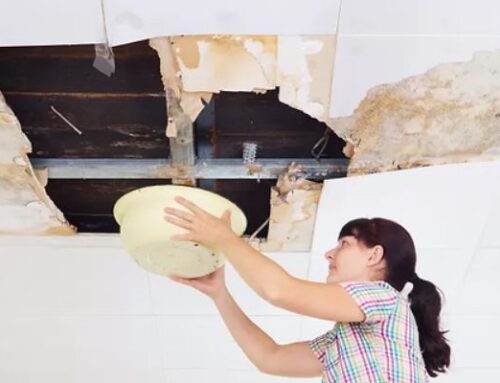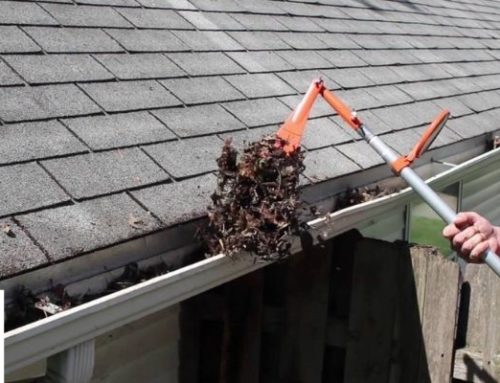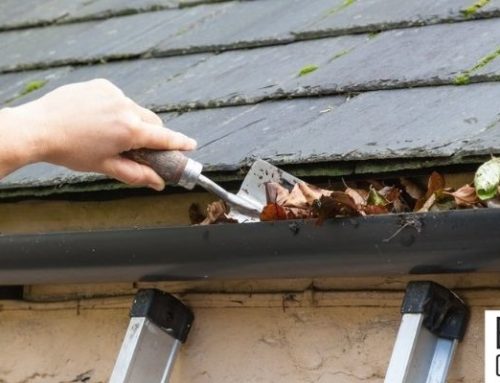Water damage can be caused in numerous ways including a flood (natural disaster), bursting of the sewage lines, leaking pipelines, and various other reasons. If you fail to take immediate action, you should understand that it will create a great impact on your property. As a homeowner, it becomes of utmost importance to know how critical it is to determine the root cause of the problem and how to overcome it.
We know that water damage situations are extremely stressful and you would need expert water damage restoration professionals to handle the situation. But, if you wish to take control of the situation, you need to know some expert tips.
Here are some tips.
#1 Unplug All The Electronic Appliances In The House:
Wear safety gear, such as gloves and boots that won’t conduct electricity. Then try to unplug all your electronic appliances and/or unplug everything that’s plugged into electrical outlets. Not doing so could cause damage to the entire circuit and might even lead to an explosion. Along with the electrical outlets, you should also unplug or turn off the gas line(s) and all the appliances that you think might lead to circuit damage. Water is a great conductor of electricity– you don’t want it destroying the electrical wiring of the entire house!
#2 Focus On Drying Out The Entire Place By Removing Water:
Your next step should be to remove accumulated water and dry out the house. If there is leakage in the pipeline(s) or the entire pipeline system is damaged, then you should immediately call plumbing service providers. Until they fix the issues, it would be difficult for you to remove all of the water and dry out the area. Once the issue is fixed, try to drain out all the water from every nook and corner of the house. Once the water is removed completely, make use of a heater, dehumidifier, fans, and/or wet vacuum to dry out the floors and furniture. If the slightest amount of water remains in the house or in/on wooden furniture, it will lead to the growth of mold and mildew within a few days. To get the best results, you can mop the floor and make use of a thick towel to wipe water off everything, including wooden furniture.
#3 Remove All Damaged Furniture And Other Items:
If the level of damage to the furniture and floor is extremely severe then you need to remove it completely. There is no point in continuing to use things that are severely damaged by flood water. Wooden flooring and furniture tend to retain moisture and can keep negatively affecting other items and valuables in the house. Even the drying process might not help you get the damaged flooring back to its original quality. Damaged floors and furniture tend to become a breeding ground for mold and algae and can lead to several health disorders that can prove fatal.
#4 Focus On Mitigating Mold Issues:
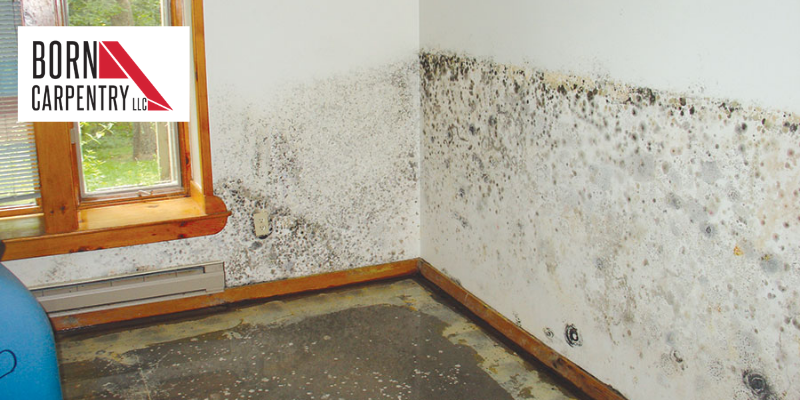
Even after drying out everything, such as sofas, carpeting, and furniture, mold starts growing in the damp areas that you might have missed. Damp areas in the house are prone to the growth of mold, which might become uncontrollable if no action is taken quickly. Molds and fungus are unhealthy for the respiratory system and can also lead to various skin diseases. You can get a chemical solution and remove the mold yourself, though it’s safer and more efficient to have a professional do the job.
#5 Sanitize The Entire Area:
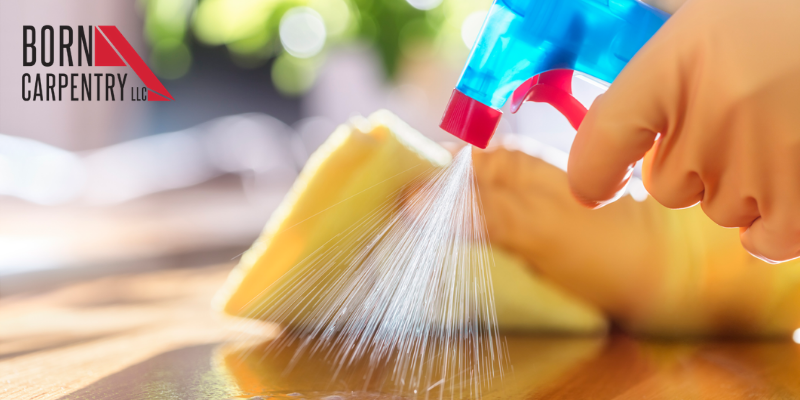
Once you are sure that everything is cleaned up and damaged material is thrown out, you should get the damaged or affected areas sanitized perfectly. If not, then the damaged areas could become a breeding ground for a wide range of pathogens and bacteria. Strong sanitizing chemicals typically ensure that all the “bad stuff” dies.
Summary:
Water damage can be really devastating if you don’t take immediate actions. These aforementioned tips will help you deal with a water damage problem. If you think that the situation might not be easily controlled, call water damage restoration professionals. They will take care of the entire situation and provide the best services in restoring the damages caused by water.




